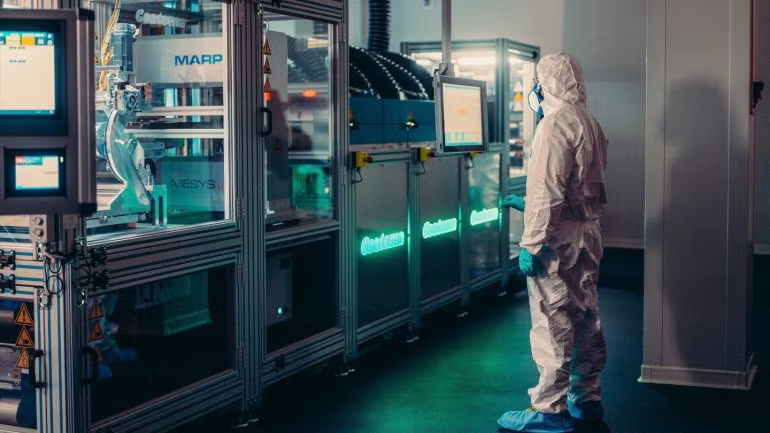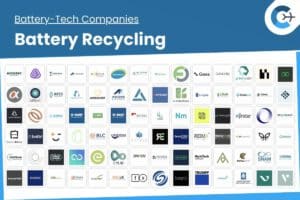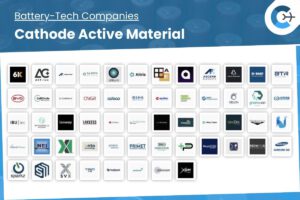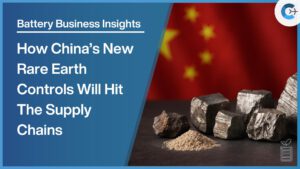China’s Ministry of Commerce (MOC) and the Ministry of Science and Technology have jointly updated the national catalog of export-prohibited and export-restricted technologies, the MOC announced July 15. The revision adds one new technology to the restricted list, removes three items, and modifies an existing entry.
The newly restricted technology covers battery cathode material preparation, including lithium iron phosphate, which now requires export licenses due to its growing strategic importance in energy storage and electric vehicles. In the non-ferrous metallurgy category, controls were adjusted to include spodumene-based lithium carbonate production techniques, while licensing requirements for gallium metal extraction were also revised.
To encourage the international dissemination of China’s architectural knowledge, authorities removed one previously prohibited item related to traditional Chinese architectural techniques and two restricted items involving building environment control technologies. According to an MOC spokesperson, these changes are intended to balance national security and development priorities with efforts to boost international economic and technological cooperation.
The update process drew on input from a wide range of stakeholders, including government departments, industry associations, academic institutions, and public respondents, the spokesperson said. First issued in 2001, the catalog has undergone revisions in 2008, 2020, and 2023. Items listed as prohibited cannot be exported under any circumstances, while those designated as restricted require an approved export license.
In emphasizing China’s commitment to openness, the spokesperson reiterated the government’s goal of improving the domestic business environment and fostering high-level technological exchanges with partners worldwide. The revised catalog will take effect immediately, and exporters of covered technologies must comply with the updated licensing procedures to avoid penalties.
Source: Xinhua News Agency
















